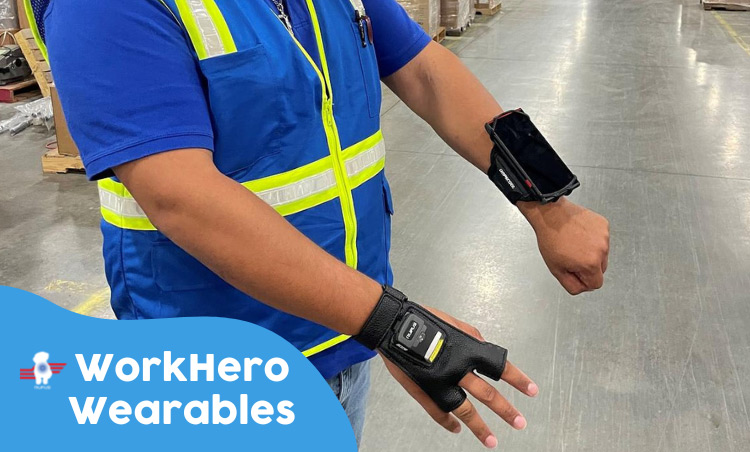With labor issues and productivity as priority, manufacturers can utilize wearable technology to boost efficiency and keep workers happy.

It’s that time of year again. Sure, summer might make life feel slow outside. But inside, our businesses are moving quickly as many decisions must be made — including budgets being planned and finalized, plus, trade show season is in full swing. It’s also that time when operations and technology leaders start exploring what new technologies should be implemented for the next 12 months.
This year, perhaps more than before, leaders must take into consideration technology that enables increased productivity and safety concerns of frontline workers, all while taking into account the cost sensitivity that comes with our uneasy global economics.
Leaders have additional business needs to balance: As we continue to move toward more automation, we’re far from “lights-out” manufacturing. Human workers will very much have a hand in our operations, especially when sustaining continuity and quality control as production and fulfillment demands continue to increase.
For these reasons and more, it’s important that leaders ask the right questions when evaluating their technology. Here are three key questions to consider:
Rugged tablets are an excellent way to efficiently and effectively see what’s happening in real time across all business processes. But before investing in this technology, it’s important to consider which workers, as well as which workflows, could benefit from the mobility and capabilities of this durable smart device. Here, we’ve identified six parts of the manufacturing process where rugged tablets can optimize operations.
To sum up, depending on your business needs and goals, rugged tablets could be an ideal option for designing a more productive and efficient manufacturing process that can save time and space, while minimizing the risk of lost items.

About the Author:
Gabe Grifoni is founder and CEO of Rufus Labs, developer of a connected operator platform for warehouse and industrial environments, comprised of workforce analytics software and rugged wearable technology. Gabe’s early days in logistics were spent working in his grandfathers’ hardware store, unloading, and restocking inventory. He attended Lehigh University with a dual concentration in Marketing and Computer Engineering.
Contact:
www.getrufus.com
In this episode, I sat down with Beejan Giga, Director | Partner and Caleb Emerson, Senior Results Manager at Carpedia International. We discussed the insights behind their recent Industry Today article, “Thinking Three Moves Ahead” and together we explored how manufacturers can plan more strategically, align with their suppliers, and build the operational discipline needed to support intentional, sustainable growth. It was a conversation packed with practical perspectives on navigating a fast-changing industry landscape.